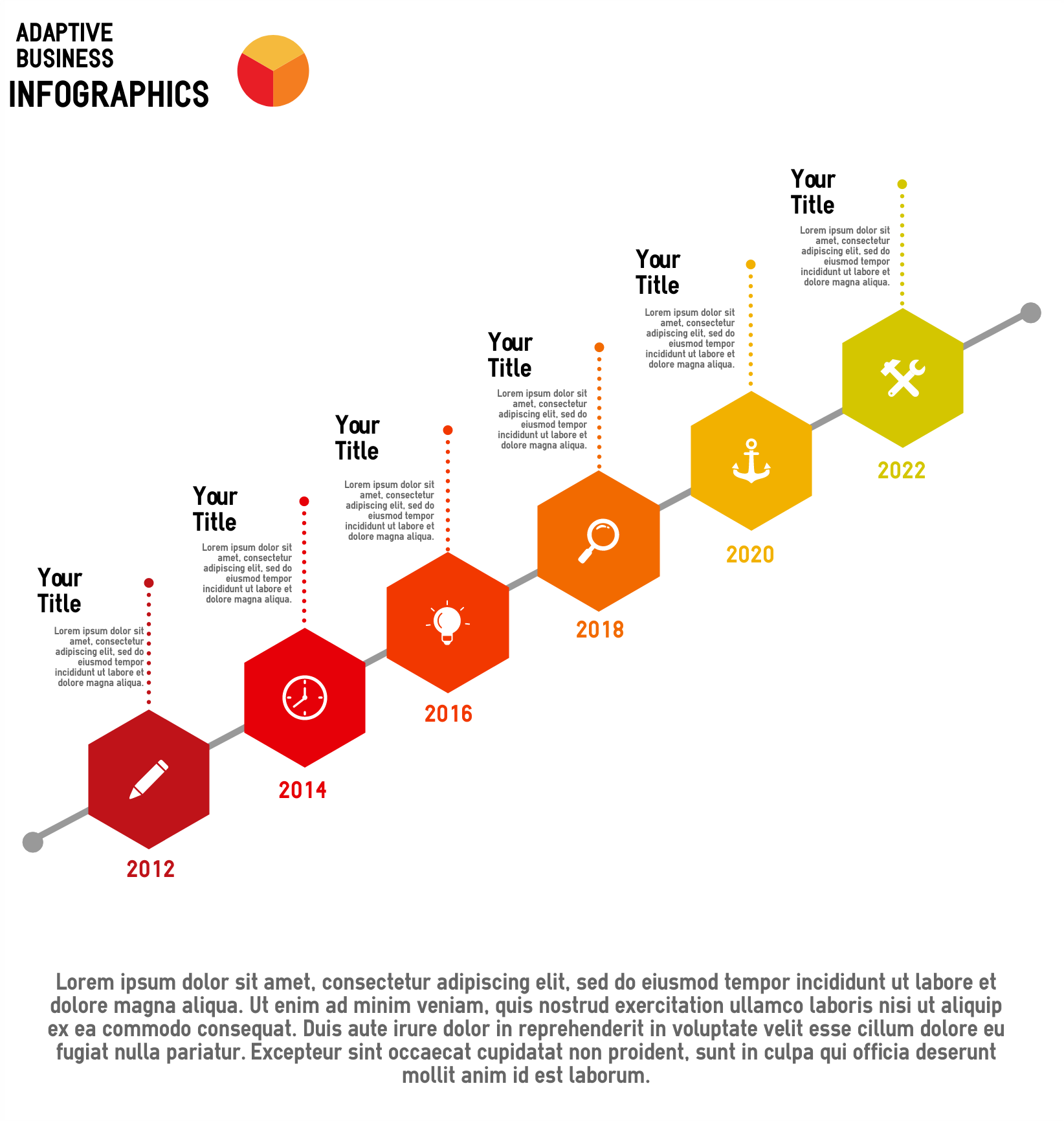
For example, in 1996–97, an outbreak was reported in the Democratic Republic of the Congo with a lower case fatality ratio and a higher attack rate than usual. The true burden of monkeypox is not known. Since 1970, human cases of monkeypox have been reported in 11 African countries: Benin, Cameroon, the Central African Republic, the Democratic Republic of the Congo, Gabon, Cote d’Ivoire, Liberia, Nigeria, the Republic of the Congo, Sierra Leone and South Sudan. Since then, most cases have been reported from rural, rainforest regions of the Congo Basin, particularly in the Democratic Republic of the Congo and human cases have increasingly been reported from across central and west Africa. Human monkeypox was first identified in humans in 1970 in the Democratic Republic of the Congo in a 9-month-old boy in a region where smallpox had been eliminated in 1968.

Uncertainty remains on the natural history of monkeypox virus and further studies are needed to identify the exact reservoir(s) and how virus circulation is maintained in nature. This includes rope squirrels, tree squirrels, Gambian pouched rats, dormice, non-human primates and other species. Various animal species have been identified as susceptible to monkeypox virus. The geographical division between the two clades has so far been in Cameroon, the only country where both virus clades have been found. The Congo Basin clade has historically caused more severe disease and was thought to be more transmissible. There are two distinct genetic clades of the monkeypox virus: the central African (Congo Basin) clade and the west African clade. Monkeypox virus is an enveloped double-stranded DNA virus that belongs to the Orthopoxvirus genus of the Poxviridae family. Animal hosts include a range of rodents and non-human primates.

Monkeypox primarily occurs in central and west Africa, often in proximity to tropical rainforests, and has been increasingly appearing in urban areas. With the eradication of smallpox in 1980 and subsequent cessation of smallpox vaccination, monkeypox has emerged as the most important orthopoxvirus for public health. Monkeypox is a viral zoonosis (a virus transmitted to humans from animals) with symptoms similar to those seen in the past in smallpox patients, although it is clinically less severe. Monkeypox typically presents clinically with fever, rash and swollen lymph nodes and may lead to a range of medical complications.Monkeypox is less contagious than smallpox and causes less severe illness. The clinical presentation of monkeypox resembles that of smallpox, a related orthopoxvirus infection which was declared eradicated worldwide in 1980.An antiviral agent developed for the treatment of smallpox has also been licensed for the treatment of monkeypox.Monkeypox is a viral zoonotic disease that occurs primarily in tropical rainforest areas of central and west Africa and is occasionally exported to other regions.

Monkeypox virus is transmitted from one person to another by close contact with lesions, body fluids, respiratory droplets and contaminated materials such as bedding.Monkeypox is transmitted to humans through close contact with an infected person or animal, or with material contaminated with the virus.In recent times, the case fatality ratio has been around 3–6%. Monkeypox is usually a self-limited disease with the symptoms lasting from 2 to 4 weeks.Monkeypox is caused by monkeypox virus, a member of the Orthopoxvirus genus in the family Poxviridae.Newer vaccines have been developed of which one has been approved for prevention of monkeypox Vaccines used during the smallpox eradication programme also provided protection against monkeypox.


 0 kommentar(er)
0 kommentar(er)
